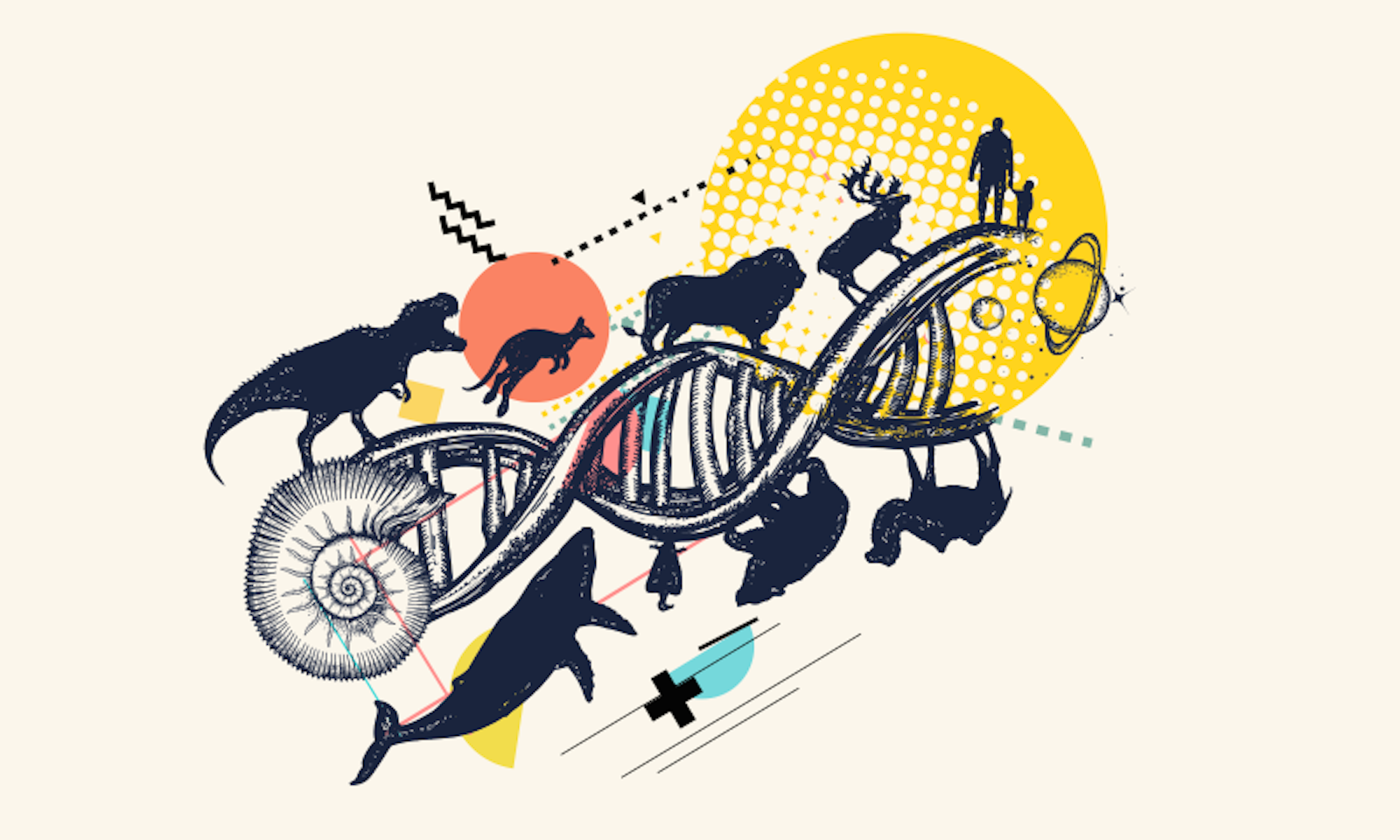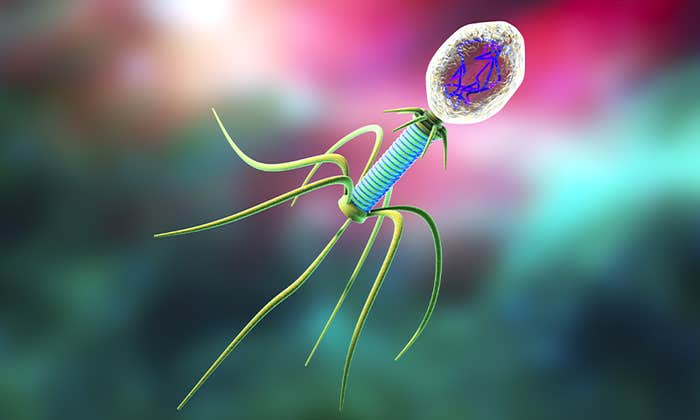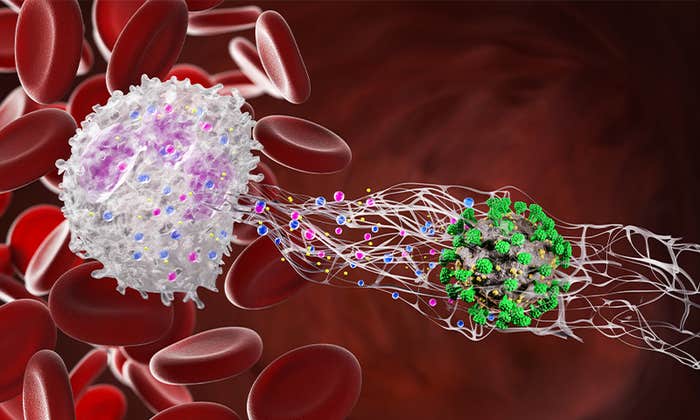Grass, mammals, penicillin, John Keats. None was successful right away.
Grasses struggled along in patches here and there for some 45 million years before, rather quickly, unfurling, almost blanketlike, across the continents. Mammals, as we know, were furry blurs underground and underfoot for more than 100 million years before ascending to prominence—and then dominance. The life-saving drug penicillin was abandoned by its discoverer and lay mostly neglected for more than a decade before it was ever administered to a single patient. And now-revered Romantic poet John Keats sold just a couple hundred volumes of his poetry in his life—only entering the canon decades after his death.
In fact, many lasting innovations, whether biological or cultural, were no overnight success. Instead, they emerged and managed to persist, in the shadows, until the time was just right for them to step into the limelight.
You may have produced something wonderful but it’s just not the right place and time.
So argues biologist Andreas Wagner in his new book, Sleeping Beauties: The Mystery of Dormant Innovations in Nature and Culture. Wagner, a professor at the Institute of Evolutionary Biology and Environmental Studies at the University of Zurich, and a professor at the Santa Fe Institute, came to biology not as a boy fascinated by newts or lichens, but as a teenager enchanted by the prospect of uncovering principles that guide the natural world. In the lab, Wagner has pioneered models of gene networks. In the author’s chair, he has probed the puzzling natures of innovation and creativity.
He said he originally came to the concept of “sleeping beauties” from conversations with artists and with scientists, many of whom are often frustrated by their lack of success. “I think every scientist has written a paper that he or she thought was going to rock the world,” he says. “And then once the paper comes out, nobody’s interested in it. So there are two readings of that. First: The paper just sucks and it’s not important. Or: It’s waiting to be discovered.” And in the lab, he and his colleagues have found evidence of these “latent innovations” emerging in the DNA of living organisms. So, for the wide-ranging book, he says, “I wanted to put all of this together.”
I recently spoke with Wagner about what we can learn from delayed success. In conversation he is simultaneously exacting and expansive. We delved into the tangled trajectory of life and how we should think twice about our perceived failures. Who knows? We may be the next Keats.

What do we get wrong in our assumptions about the origins of success?
We have a sense that whenever there is a creative product—it could be a new form of life or a new kind of molecule or a new work of art or a technological innovation—we think of that product as having some kind of inner quality that determines success. That’s not necessarily the case. There’s something else that has to be in place—the right world or the right environment—to make the product successful.
How has the focus on inner qualities shaped our thinking about the natural world?
I’m trained as a geneticist. And in genetics, people think about how genes determine—or how the genome determines—the properties of an organism. We’re very focused on this genetic or “internalist” explanation, that something internal to the organism determines its success or failure. An ecologist, though, will take a completely different view. They view the organism from an external perspective; that is, how it interacts with the environment. That consists of a collage of other factors—temperature, irradiation from the sun, water availability, other organisms. So they have more of this “externalist” perspective to say what needs to be there in the environment to make an organism successful.
In certain fields of science, people pride themselves in doing “useless” work.
Can thinking like an ecologist help us understand what is happening in the world of human innovation?
I talk with a lot of creative people—artists, writers—and what they genuinely have in common is that they love what they’re doing. But they’re often frustrated with the lack of success, and many of them blame themselves: I’m just not good enough. Maybe I shouldn’t be doing this.
This is not necessarily the right way of looking at the problem. Because you may have produced something wonderful but it’s just not the right place and time, and so that’s why it’s not successful. I think it can help us, as creative people, in having a bit more empathy with ourselves—that we’re not necessarily at fault if something fails.
You write about how 17th-century Dutch painter Johannes Vermeer fell into obscurity for centuries before a 19th-century art critic happened to publish a catalog of his work. What should we think about his popularity taking so incredibly long to take off?
Vermeer was a respected artist in his time among his colleagues, even though he had an output that was actually fairly modest—maybe a few dozen paintings. But it took almost two centuries for him to be rediscovered.
One of the advantages in cultural innovation is that we often have a record of the product. In Vermeer’s case, it’s paintings. In other cases it might be scientific papers or it might be scores for compositions that get preserved for a very, very long time. And it’s this preservation that enables rediscovery. This is in contrast to evolution, where if an organism really is not successful in the first place and it goes extinct at some point, then this form of life or molecule may have to be reinvented. So in cultural creative production we have an advantage that preservation is better than on the huge timescales of biological evolution.
That is really interesting. Because, obviously we have a pretty robust fossil record, but the idea that maybe some of the things we see today—like the caffeine molecule that actually evolved separately in three different plant families—might have also evolved long before but had gone extinct before the world was ready for them.
Exactly. That is actually a good example. Yes, we do have a fossil record. But if you think about it, this fossil record does not usually comprise molecules, right? Or it comprises molecules only on fairly short evolutionary timescales, maybe in the hundreds of thousands of years maximum. But once we’re talking about millions or hundreds of millions of years, all we have is fossilized tissues, basically rocks. And so all we can infer about past life is what we see from the shape of these fossilized tissues.

How does this idea of these “sleeping beauties” enfold with the principle of convergent evolution—as in the case of the caffeine molecule—and how the world itself is shaping the innovations happening in it?
Many inventions or innovations are made multiple times, and the first few times they’re kind of dormant, they’re not being recognized and not being successful. That means the principle of multiple discoveries is really important in both the natural world and in the cultural world.
This idea is intimately associated with Robert Merton, who was a sociologist of science. He documented many examples of multiple discoveries and studied why these occur and how abundant they are. He said that multiple discoveries in culture and technology are the rule and not the exception. So, it’s often the case that if we think of anything as having been discovered only once, once we dig deep enough in the historical record, we find out that it has been discovered multiple times.
For example, the evolution of eyes has happened multiple times in the history of life. Taken all together, what it means is that we don’t give nature and culture perhaps enough credit for this enormous creative potential. That is, so many things we think have been difficult to come up with have actually been created multiple times.
You write, “listen to the world and find out what it wants.” I just love that phrase. Do you put that into practice in your own pursuits, in science or writing?
I think everybody does to some extent. For example, when people in my group and in my lab and I write a paper, we think about: Okay, what is an angle on this data that might be interesting to the public or the journal editors or to other scientists?
However, this is usually spectacularly unsuccessful! A lot of money in some industries hinges on this ability to predict what the world might want. For example, when people invest $100 million into a movie and then it flops. If it were easy, we would do it all the time. But it turns out it usually fails.
And is there another angle to that idea? An approach of trying to be of service to what the world needs at any given moment in time—rather approaching it from a success-seeking perspective?
Most scientists would probably not look at it from that point of view, I would suspect. Because they would say: I’ve made this discovery I’m really excited about, and I think it is important—and now I need to explain to the world why this is important.
The evolution of eyes has happened multiple times in the history of life.
I could see in some branches of science, especially very applied branches of science, a sense of: We’re going to try to produce things that the world needs and could be really important. The medical field is a really good example there. But even so, let’s say you’ve made a discovery that you think should really rock the world of medicine. But you might actually struggle—and struggle in vain—to make the medical community aware of and appreciate its importance.
One example is the cardiac pacemaker. The first pacemaker, produced by American doctor Albert Hyman, was a huge, hulking machine, the size of a sewing machine. He was especially interested in jumpstarting, if you will, the hearts of stillborn babies. And he tried to persuade the medical community of the importance of his invention for 20 years and did not succeed. It would take another 10 or 20 years after that before other teams of people came and invented other versions of this pacemaker that eventually became successful.
Penicillin was such an important medical discovery, too—but it wasn’t immediately the kind of global game-changer that we might think. The initial lack of interest even caused Alexander Fleming to abandon it rather quickly.
Right. The history is complicated. First, around Fleming’s time—and even before—sulfa drugs were available and were actually successful in dealing with infections from the kinds of injuries soldiers experienced in World War I. So there was something available that worked. But it turns out, bacteria develop resistance against these kinds of drugs. Second, the invention was made in the period between two great wars. As World War II came along, the demand for drugs like that increased dramatically because a lot more people started dying. So that, together with the problems that sulfa drugs had, suddenly created a huge market for penicillin. And the third was that there was really no way to mass produce penicillin at first. That took a huge international effort and multiple laboratories to make it possible. So there were three completely different and complementary reasons for why it took a long time for penicillin to take off.
Do you see all of this as an argument in favor of supporting more basic scientific research—to incubate these little potential sleeping beauties, so that they can be waiting there for the right time?
Certainly. I could point to many different examples where people did work that was considered completely useless at the time. In fact, in certain fields of science, people pride themselves in doing “useless” work. There is the example of number theory, where some very prominent number theorists, mathematicians basically said: Well, what I’ve done in my life is completely useless! And they were proud of it. They were viewing their work like art: There’s an aesthetic component to it, but not necessarily any application to it.
And it turned out that decades later—I think it’s fair to say—discoveries that number theorists made are basically what’s running e-commerce online.
So I think, in the long run, a society benefits from taking the long-view, of saying: Maybe we’re going to pursue “useless” work, but we don’t actually know, in advance, that all of that work is going to be useless in the long run. It would be rather short-sighted to focus only on applied work, applied science. Because a lot of the fundamental science may have benefits that we cannot anticipate.
What sleeping beauties do you see out there in the world today?
We have no inkling of the huge reservoir of innovations that may be residing, for example, in the microbial world. One example is antibiotic resistance. There’s also the flipside of antimicrobial drugs that we have not discovered—they may just be sitting out there waiting. Another possible example is what are called plant secondary metabolites, mainly chemicals that plants produce—often in self-defense—that could be used for many purposes that we don’t anticipate right now.
This is part of the reason why it’s so important to preserve biodiversity. Because there may be so many sleeping beauties out there that we would be destroying if we destroy the biodiversity that exists today.
Is there one sleeping beauty that has really captivated you?
Antibiotic resistance is older than antibiotics themselves, right? So the discovery of bacteria that have never been in touch with humanity—could not possibly have been in touch with humanity, because they subsisted in subterranean caves that have been isolated from the surface for millions of years, until researchers sampled them and found out—that these bacteria are resistant against sometimes not just one but multiple antibiotics, including some antibiotics that are human-made. I thought that was pretty fascinating. I know everybody’s talking about antibiotic resistance and how big of a problem it is and how fast bacteria evolve resistance. But I think fewer people appreciate how antibiotic resistance can actually be there as a latent trait, as a sleeping beauty in the bacterial world—before antibiotics even came about.
So a “sleeping beauty” can be beautiful or ugly, depending on the context.
Exactly. It cuts both ways. In this case, they’re beautiful for bacteria. ![]()
Katherine Harmon Courage is the deputy editor at Nautilus.
Lead image: intueri / Shutterstock
























